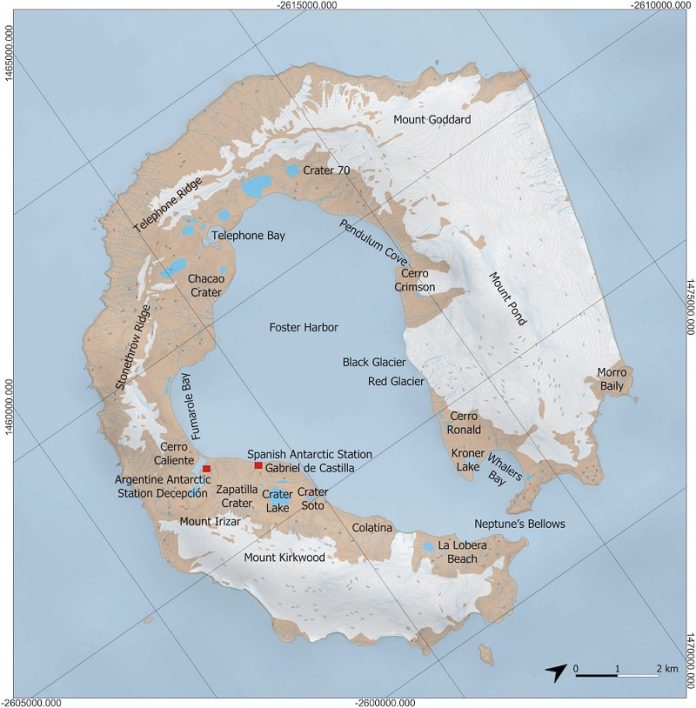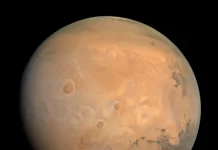
It’s not uncommon for space missions to be tested here on planet Earth.
With the plethora of missions that have been sent to Mars it is becoming increasingly likely that the red planet was once warmer, wetter and more habitable than it is today.
To find evidence of this, a new paper proposes that Deception Island in Antarctica is one of the best places on Earth to simulate the Martian environment.
The paper identifies 30 sites on the island that correspond well to places on Mars.
The exploration of Mars has been a focus of space agencies worldwide, driven by the desire to understand the its geology, climate, possibility of past life, and excitingly the potential for future human colonisation.
Early missions, such as NASA’s Mariner 4 in 1965, provided the first close-up images of Mars, while the Viking landers of the 1970s conducted the first successful surface experiments.
In the 1990s and 2000s, orbiters like Mars Global Surveyor and rovers like Spirit and Opportunity helped us to understand more about the Martian terrain and atmospheric conditions.
As we explore the red planet, and with more projects on the horizon, Mars remains a key target for exploration.
The world that has been revealed following the multitude of missions is of a surface that is cold, dry, and exposed to high radiation. Evidence exists that liquid water once flowed on Mars, bringing the tantalising possibility that microbial life may have existed in the past.
Today, underground water reserves and seasonal methane emissions hint at the possibility of present-day life BUT and it is a strong BUT, no evidence has been found yet.
Further exploration is required and it is at times like this that researchers turn to planetary analogues to explore further.
A planetary analogue is a location on Earth that is similar or identical to places found on alien worlds. In the case of Mars, a new paper has been published that suggests that Deception Island in Antarctica is a great ‘analogue’ for parts of Mars.
Exploring life that is found in these locations enables us to better understand the locations on Mars and helps inform future exploration.
The paper, that was authored by a team led by María Angélica Leal Leal identifies 30 locations on the island that are an excellent match for locations on Mars.
The locations have been divided into four categories; geologically similar to areas of Mars, environmental conditions are similar to Mars, biological interest due to the existence of extremophiles on Earth and various engineering applications enabling hardware testing in Mars-like environment.
It concludes that Deception Island in Antarctica serves as a valuable Mars analogue site due to the combination of extreme environmental conditions and geological features that mirror those found on Mars. It’s a volcanic island too offering a natural (and significantly closer) laboratory where it might reveal how life adapts to harsh conditions including low temperatures and high radiation.
The island’s particularly unique features include the presence of perchlorate (chemical compounds that contain salts made up of chlorine and oxygen atoms,) glaciovolcanic processes, permafrost, and microbial mats (layers of complex microorganisms) that survive in extreme conditions.
This all makes for an excellent terrestrial alternative for studying potential past or present life on Mars.
However, the researchers note that further detailed studies of the island’s geochemistry, extremophile organisms, and mission simulations are needed to fully confirm its validity as a Mars analogue for specific Martian regions and time periods.
Written by Mark Thompson/Universe Today.



